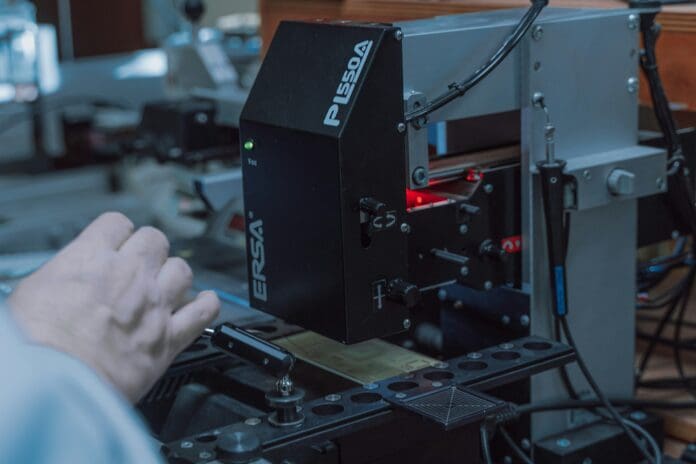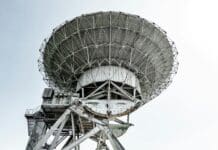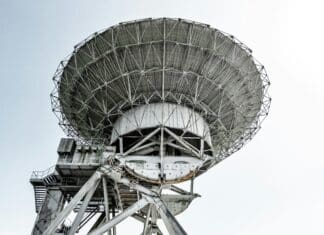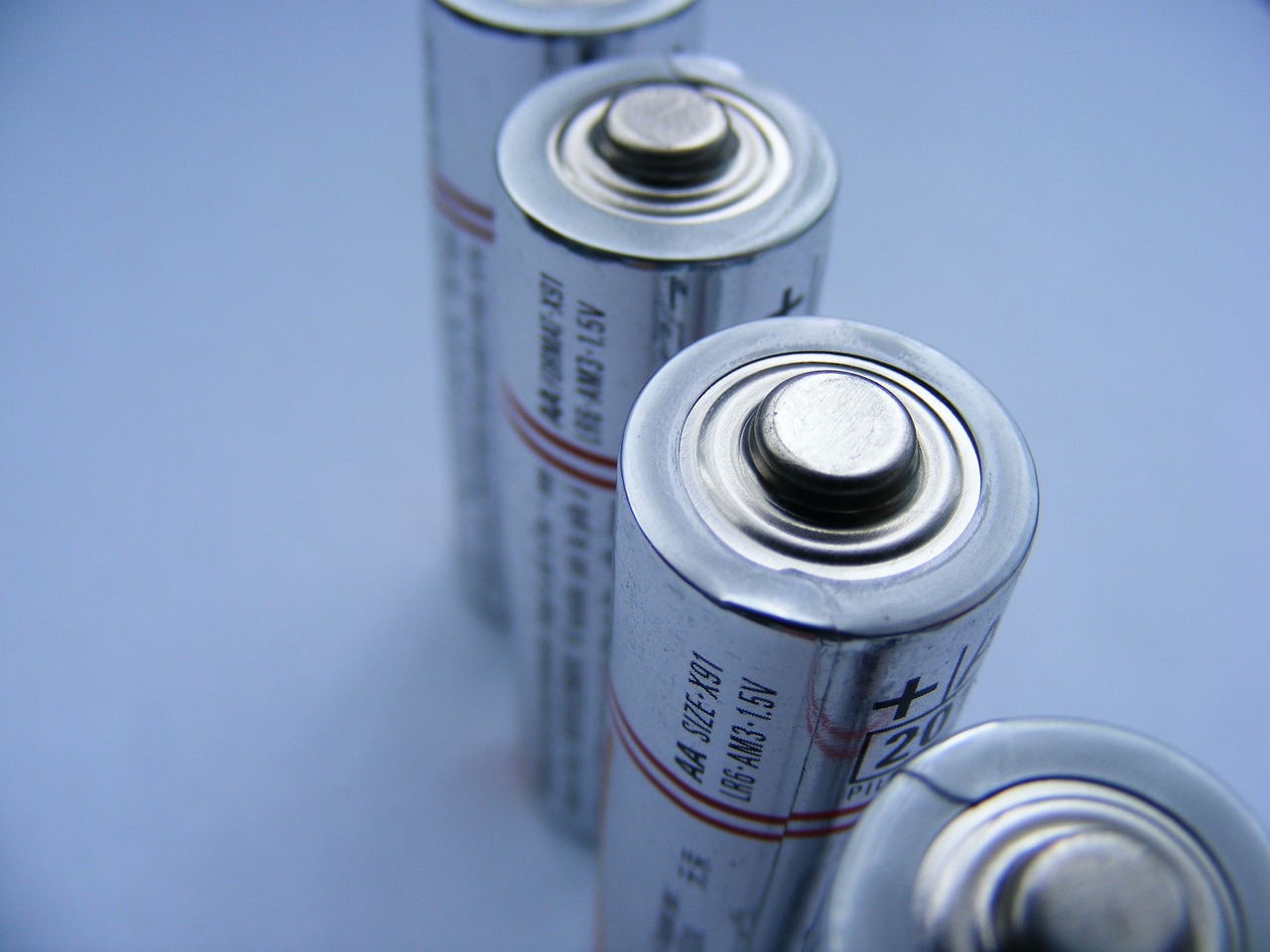This post is also available in:
 עברית (Hebrew)
עברית (Hebrew)
The U.S. Navy is exploring the future of battlefield logistics through advanced 3D printing technology that allows for the on-site creation of critical parts. In a demonstration at the Trident Warrior exercise, a key event that tests new technologies in real operational settings, the Navy revealed how these innovations could dramatically reduce the time needed to repair equipment in the field.
According to Fox5 San Diego, During the exercise, the Navy, in collaboration with the U.S. Marine Corps, showcased industrial-grade 3D printers that can be deployed in mobile labs the size of shipping containers. These mobile units can be set up on naval ships or at forward operating bases, enabling the rapid production of components, ranging from simple parts to more complex elements such as structural components. This approach promises to eliminate long wait times for parts that would otherwise need to be shipped from distant suppliers.
The impact of this technology is already evident. The ability to print parts directly in the field is cutting down repair times and improving the operational efficiency of Navy and Marine Corps units. The technology allows for quick turnaround on essential repairs, ensuring that equipment, from aircraft to ships, stays operational without unnecessary delays.
One notable advantage of on-site 3D printing is its ability to address the challenge of carrying every potential spare part aboard ships and aircraft. With 3D printers on-site, parts that could take months to receive—and at a high cost—can instead be produced in a matter of days. This technology has already been used to fabricate a $30,000 part in just three days, highlighting its potential to save both time and money.
Beyond mechanical repairs, there are also discussions around using 3D printing for urgent medical needs in deployed environments. As the technology evolves, it may provide military personnel with the ability to produce crucial medical supplies or devices on demand, further enhancing the operational flexibility of forward-deployed units.


























